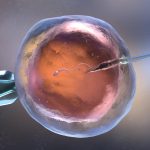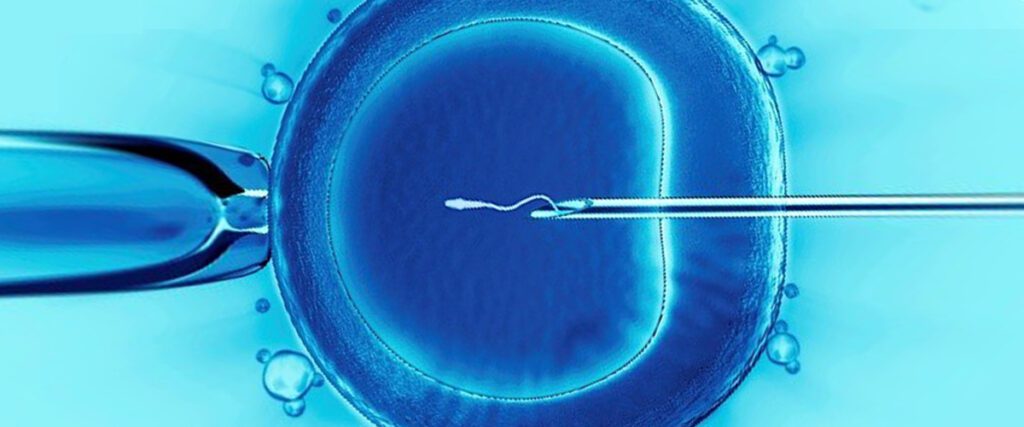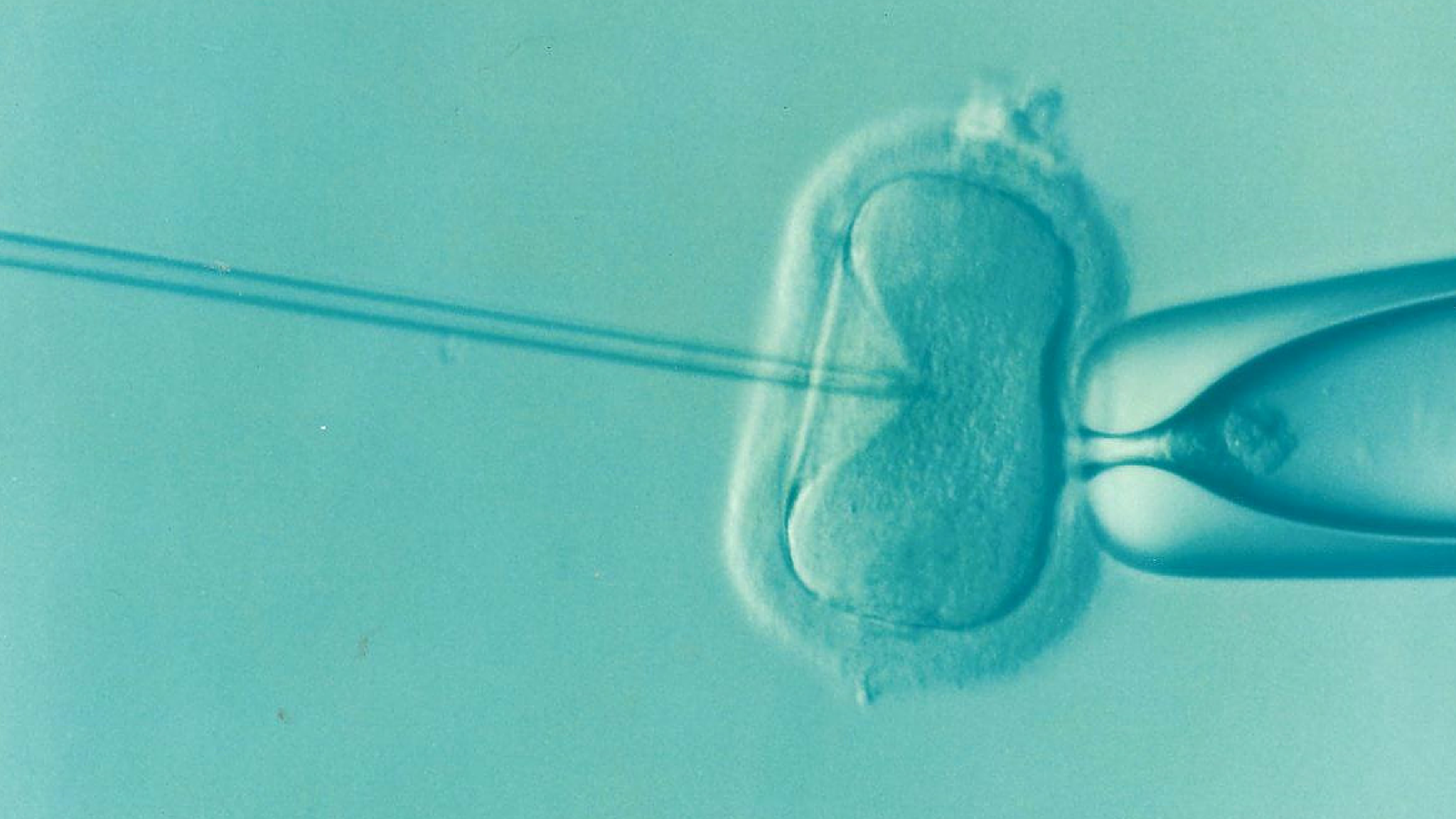Is IVF Tax Deductible? Your Ultimate Guide to Saving Money on Fertility Treatments
April 12, 2025
What Is the Process of IVF?
April 12, 2025What Does IVF Do?

What Does IVF Do?
In vitro fertilization, or IVF, is a term you might’ve heard tossed around in conversations about starting a family. Maybe a friend mentioned it, or you’ve seen it pop up in a TV show. But what does IVF actually do? At its heart, IVF is a way to help people have a baby when nature needs a little nudge. It’s not magic, but it can feel pretty close to it for those who’ve struggled to get pregnant. This process takes eggs and sperm, mixes them in a lab, and then places the resulting embryo into a uterus, all with the goal of creating a pregnancy. Pretty cool, right?
IVF has been around since the late 1970s, when the first “test-tube baby,” Louise Brown, was born in England. Since then, it’s helped millions of people worldwide become parents. But it’s more than just a science experiment—it’s a lifeline for couples facing infertility, single folks wanting to start a family, or even those hoping to avoid passing on genetic conditions. In this article, we’re diving deep into what IVF does, how it works, and what it means for real people like you or someone you know. Let’s break it down step by step and explore some angles you might not have thought about before.
How IVF Brings New Life Into the World
IVF is all about making a baby outside the body first, then giving that tiny embryo a cozy home in the uterus. It’s like giving nature a helping hand when the usual way—sperm meeting egg inside the body—doesn’t work out. Here’s the basic rundown of what IVF does:
- Step 1: Boosting Egg Production
Normally, your ovaries release one egg a month. IVF kicks that into high gear with fertility drugs. These meds tell your ovaries, “Hey, let’s make a bunch of eggs this time!” More eggs mean more chances for success. - Step 2: Collecting the Eggs
Once those eggs are ready, a doctor uses a thin needle guided by ultrasound to gently pull them out of the ovaries. It’s a quick procedure, done under light sedation, so you’re not feeling much. - Step 3: Fertilizing in the Lab
In a lab dish (not a test tube, despite the nickname!), the eggs meet the sperm. Scientists watch closely to see if fertilization happens—when a sperm successfully joins an egg to create an embryo. - Step 4: Growing the Embryo
The fertilized eggs, now embryos, hang out in the lab for a few days, growing stronger. Doctors pick the healthiest ones to move forward with. - Step 5: Placing the Embryo in the Uterus
Using a small tube, the doctor slips one or two embryos into the uterus. If all goes well, an embryo sticks to the uterine lining and starts growing into a baby.
That’s the core of what IVF does: it creates a pregnancy by bypassing roadblocks like blocked fallopian tubes, low sperm count, or ovulation issues. But it’s not just about the steps—it’s about the hope it brings to people who’ve been told “maybe never” by their bodies.
Who Can IVF Help?
IVF isn’t just for one type of person. It’s a tool that fits lots of different situations. Here’s who might turn to IVF and why it’s a game-changer for them:
- Couples with Infertility
If a couple’s been trying to conceive for a year (or six months if the woman’s over 35) without luck, IVF might be the answer. Things like endometriosis, low sperm quality, or unexplained infertility can make natural pregnancy tricky. IVF steps in to bridge that gap. - Single Parents-to-Be
Want to have a kid on your own? IVF makes it possible using donor sperm or eggs. It’s a way for single folks to build the family they’ve dreamed of, no partner required. - Same-Sex Couples
For gay or lesbian couples, IVF opens doors. Lesbian couples might use donor sperm, while gay men might pair IVF with a surrogate to carry the baby. It’s all about creating options. - People Avoiding Genetic Risks
If you carry a gene for something like cystic fibrosis, IVF can team up with genetic testing to pick embryos without that condition. It’s a way to protect your future kid from inherited health issues. - Cancer Survivors
Chemo or radiation can zap fertility. IVF lets people freeze eggs or embryos beforehand, so they can still have a biological child later.
What’s amazing is how versatile IVF is. It’s not a one-size-fits-all fix—it’s tailored to each person’s story. And with over 8 million babies born through IVF globally since 1978, it’s clear this process is doing something big.
The Emotional Side of IVF: What It Really Feels Like
IVF does more than just mix eggs and sperm—it stirs up a whirlwind of feelings. Imagine riding a rollercoaster blindfolded: there’s excitement, fear, hope, and sometimes disappointment, all jumbled together. For many, IVF is a beacon of possibility after months or years of heartbreak. But it’s not always smooth sailing.
Take Sarah, a 34-year-old teacher from Ohio. After two years of trying to conceive, she and her husband turned to IVF. “The first round, I was so hopeful,” she says. “Every injection felt like a step closer to being a mom.” But when that cycle failed, she felt crushed. “It’s like grieving something you never had.” The second round worked, though, and now she’s got a toddler running around. IVF gave her a family, but it also tested her resilience.
Studies back this up: research from the American Society for Reproductive Medicine shows that about 40% of people going through IVF experience anxiety or depression at some point. It’s not just the needles or the waiting—it’s the weight of wanting something so badly. That’s why IVF doesn’t just do a physical job; it shapes your emotional world too.
Quick Tip: If you’re considering IVF, build a support squad—friends, family, or even a counselor. Having people to lean on can make the ups and downs easier to handle.
What Makes IVF Work (or Not)?
IVF isn’t a guaranteed ticket to parenthood, and that’s something worth digging into. What does it do to tip the odds in your favor? And what can trip it up? Let’s look at the factors that play a role.
Why IVF Succeeds
- Age Matters
Younger women (under 35) have the best shot—about 50% of cycles lead to a live birth, according to the CDC’s 2022 data. Why? Younger eggs are usually healthier and more likely to turn into strong embryos. - Embryo Quality
The lab picks the best embryos based on how they look and grow. New tech, like time-lapse imaging, helps doctors spot the winners without disturbing them. - Healthy Lifestyle
Eating well, skipping alcohol, and keeping stress low can boost your chances. A 2023 study in Fertility and Sterility found that women with a BMI between 19-30 had better IVF outcomes.
What Can Go Wrong
- Age Again (Sorry!)
After 40, success drops to around 8% per cycle. Older eggs don’t fertilize or implant as well—it’s just biology. - Body Challenges
Things like uterine fibroids or severe sperm issues can complicate things. IVF can’t fix everything, but it can sometimes work around it. - Luck of the Draw
Even with perfect conditions, implantation—the embryo sticking to the uterus—sometimes doesn’t happen. Scientists still don’t fully understand why.
Here’s a little stat I crunched: if you’re under 35 and do three IVF cycles, your cumulative success rate jumps to about 70%, based on averages from recent clinic reports. That’s not a promise, but it shows persistence can pay off.
Interactive Poll: How many IVF cycles would you try before exploring other options?
- A) One
- B) Two
- C) Three or more
- D) I’d switch gears sooner
Drop your answer in the comments—I’m curious!
Beyond the Basics: What IVF Does That You Might Not Expect
IVF isn’t just about making babies today—it’s got some surprising side effects and future perks. Here are three things it does that don’t get enough airtime:
1. It’s Changing How We Think About Family
IVF lets people redefine parenthood. Think about it: a single woman using donor sperm, or a gay couple working with a surrogate—these families wouldn’t exist without IVF. It’s quietly rewriting the rulebook on who gets to be a parent.
2. It’s a Time Machine for Fertility
Freezing eggs or embryos during IVF is like hitting pause on your biological clock. A 2024 study from the University of California found that eggs frozen before age 35 had a 90% survival rate when thawed years later. That means IVF doesn’t just help now—it can save your shot at parenthood for later.
3. It’s Fueling Science Fiction Dreams
Ever heard of in vitro gametogenesis (IVG)? It’s an experimental twist on IVF where scientists turn skin cells into eggs or sperm. It’s not ready yet, but a 2023 paper in Nature showed it working in mice. Down the road, IVF could let anyone—even those with no viable eggs or sperm—have a biological kid.
These aren’t just footnotes—they’re hints at how IVF is reshaping our world, one family at a time.
The Nitty-Gritty: What IVF Does to Your Body
IVF isn’t a walk in the park—it’s a full-body commitment. Let’s break down what it does physically, so you know what to expect.
The Hormone Hustle
Those fertility drugs? They’re like a pep rally for your ovaries, pumping out hormones like FSH (follicle-stimulating hormone). You might feel:
- Bloated, like you ate a big meal
- Moody, thanks to the hormone rollercoaster
- Tender around your ovaries
About 1 in 20 women get a rare side effect called ovarian hyperstimulation syndrome (OHSS), where ovaries swell too much. Symptoms include belly pain and nausea, but doctors can usually manage it with rest or, in severe cases, a quick procedure.
The Procedures
- Egg Retrieval: A needle goes through your vaginal wall to grab the eggs. It’s fast (20-30 minutes), but you might feel crampy after.
- Embryo Transfer: A breeze by comparison—just a thin tube slipping the embryo into your uterus. No anesthesia needed.
Aftermath
Once the embryo’s in, you might take progesterone (pills or shots) to help it stick. Side effects? Think tiredness, sore breasts, or spotting. Then it’s a two-week wait to see if you’re pregnant—nerve-wracking, but worth it if it works.
Checklist: How to Prep Your Body for IVF
✔️ Eat a rainbow—fruits, veggies, lean proteins
✔️ Hydrate like it’s your job
✔️ Sleep 7-8 hours a night
❌ Skip caffeine and smokes—they mess with success rates
❌ Don’t overdo exercise—keep it gentle
Money Talks: What IVF Does to Your Wallet
IVF does a number on your bank account, too. In the U.S., one cycle averages $15,000-$20,000, and that’s before extras like genetic testing ($3,000) or freezing embryos ($1,000 a year). Insurance coverage is spotty—only 19 states mandate some fertility help, per a 2024 RESOLVE report.
But here’s a twist: some clinics now offer “IVF refund programs.” You pay upfront (say, $30,000 for three cycles), and if you don’t have a baby, you get most of it back. It’s a gamble, but it’s catching on—about 10% of U.S. clinics offered this in 2023, up from 5% in 2020.
Budget Hack: Look into mini-IVF, a gentler, cheaper version using fewer drugs. It’s not for everyone, but it can cut costs to $5,000-$7,000 per cycle. Ask your doctor if it fits your case.
The Future: What IVF Might Do Next
IVF’s not standing still—it’s evolving fast. Here’s what it could do in the next decade:
- AI Boosts Success
Artificial intelligence is already picking embryos with scary accuracy. A 2024 trial in Europe found AI-chosen embryos upped live birth rates by 15% compared to human picks. It’s like having a super-smart embryologist on speed dial. - Lab-Grown Eggs
That IVG thing? If it works in humans, IVF could use lab-made eggs from anyone’s cells. Imagine a 50-year-old man becoming a biological dad with his own DNA—no donor needed. - Eco-Friendly IVF
Labs are testing “green IVF” with less energy-intensive equipment. A small 2023 study cut lab carbon emissions by 20% without hurting success rates. It’s niche now, but it could make IVF kinder to the planet.
These aren’t sci-fi dreams—they’re in the works. IVF’s doing more than creating babies; it’s pushing the boundaries of what’s possible.

Real Stories: What IVF Did for Them
Numbers and science are great, but stories hit home. Meet two people whose lives IVF changed:
- Jenna, 29, Texas
Jenna had PCOS, a condition that messed with her ovulation. After a year of failed treatments, IVF was her last shot. “I was terrified of the shots,” she admits, “but seeing my daughter’s heartbeat on the ultrasound? Worth every pinch.” Her first cycle worked—she’s now mom to a 2-year-old. - Mark, 41, California
Mark and his husband used IVF with a surrogate. “We both wanted a kid with my DNA,” he says. They picked an egg donor, and after two tries, their son arrived. “IVF made us a family. It’s that simple.”
These aren’t just happy endings—they’re proof IVF does more than fill cribs; it builds bonds and dreams.

Busting Myths: What IVF Doesn’t Do
IVF gets a bad rap sometimes. Let’s clear up a few things it doesn’t do:
- It Doesn’t “Make” Designer Babies
Sure, genetic testing can screen for diseases, but you can’t pick blue eyes or a high IQ. That’s still Hollywood stuff. - It Doesn’t Always Work the First Time
Only about 30-50% of cycles end in a baby, depending on age and health. It’s not a failure—it’s just how it rolls. - It Doesn’t Ruin Your Body
The hormones and procedures are tough, but studies (like one from Human Reproduction, 2022) show no long-term health crashes from IVF itself.
Quick Quiz: True or False—IVF guarantees twins?
Answer: False! Multiple births happen (about 20% of the time), but doctors often transfer just one embryo to keep it single.
Your IVF Game Plan: What to Do Next
Thinking about IVF? Here’s how to get started:
- Talk to a Specialist
Find a reproductive endocrinologist. They’ll run tests (blood work, ultrasounds) to see if IVF’s right for you. - Ask the Big Questions
- What’s my success rate?
- How many cycles should I plan for?
- What’s the cost with my insurance?
- Prep Your Mind and Body
Start those healthy habits now—diet, sleep, stress management. It’s like training for a marathon. - Lean on Your People
Tell a friend or join a support group. IVF’s a team sport, even if you’re flying solo.
IVF does a lot—it’s a bridge to parenthood, a science marvel, and sometimes a wild ride. Whether it’s for you or someone you love, knowing what it does can turn a scary unknown into a hopeful maybe.

